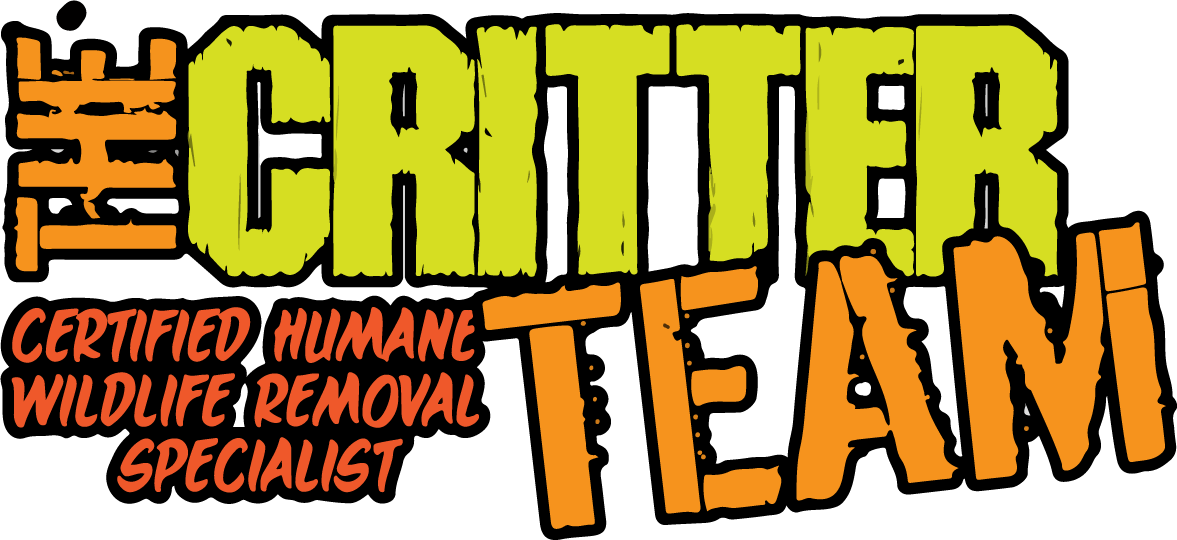As the weather gets colder and the nights grow longer, homeowners may start to notice an increase in roof rat activity in their attics. Roof rats, also known as black rats, are agile climbers and excellent jumpers, making attics an ideal place for them to seek shelter and build their nests. These pests are most active during the fall and winter months when they are in search of warmth and food sources. They can cause significant damage to homes by gnawing on wires, insulation, and wood structures. Additionally, roof rats are carriers of various diseases, including leptospirosis and salmonellosis, which can pose a threat to human health. It is crucial for homeowners to be aware of the signs of roof rat infestation and take preventive measures to protect their homes.
A Guide to Roof Rat Activity in Attics: Understanding Seasonal Patterns
Understanding Roof Rat Behavior
Roof rats, also known as black rats or ship rats, are agile climbers and are adept at infiltrating attics and other elevated spaces. These rodents are commonly found in urban and suburban areas, where they seek shelter, food, and water. Understanding their seasonal activity patterns can help homeowners and wildlife control operators identify potential infestations and take appropriate measures to address them.
Spring: Nesting and Reproduction
As the weather warms up in spring, roof rats become more active in their search for suitable nesting sites. Attics provide an ideal environment for them to build their nests, as they offer protection from predators and harsh weather conditions. During this season, female roof rats are particularly active as they prepare to give birth to their litters. Homeowners may notice increased scratching noises coming from the attic as the rats scurry around, gathering materials for their nests.
Summer: Foraging and Feeding Habits
In summer, roof rats focus on foraging for food to sustain themselves and their growing offspring. They are primarily nocturnal creatures, venturing out of their nests under the cover of darkness to search for sustenance. Attics with easily accessible food sources, such as stored grains or pet food, can attract these rodents. Homeowners may notice droppings or gnaw marks on food packaging or other items in the attic, indicating roof rat activity.
Fall: Preparing for Winter
As the temperature drops in fall, roof rats start preparing for the colder months ahead. They become more motivated to find warm shelter and adequate food supplies. Attics are highly sought-after locations for these rodents during this time. Homeowners may observe an increase in roof rat activity as they seek entry points into attics through gaps or openings in the roof or walls. It is crucial to identify and seal off these potential access points to prevent infestations.
Winter: Indoor Nests and Reduced Activity
During winter, roof rat activity in attics may decrease compared to other seasons. The rodents tend to establish nests within the attics, where they can find warmth and protection from the harsh weather outside. Homeowners may still hear occasional scurrying noises or scratching sounds as the rats move around their nests. It is essential to address any infestations promptly, as roof rats can breed year-round, and a small population can quickly grow into a larger one.
Professional Roof Rat Control
Dealing with a roof rat infestation requires the expertise of a professional wildlife control operator. These trained individuals have the knowledge and tools to assess the extent of the problem, identify entry points, and implement effective control measures. They may use a combination of techniques such as trapping, exclusion, and habitat modification to eliminate roof rats from attics and prevent future infestations.
Conclusion
Understanding the seasonal patterns of roof rat activity in attics is essential for homeowners and wildlife control operators alike. By being aware of these patterns, individuals can take proactive measures to prevent infestations and minimize damage to their homes. If faced with a roof rat problem, it is advisable to seek the assistance of a professional wildlife control operator to ensure effective and humane removal of these pests.
The Critter Team: Wildlife Control and Animal Removal Assistance
If you are facing issues with unwanted wildlife on your property, The Critter Team is here to help. Our team of experienced professionals specializes in wildlife control and animal removal services, ensuring the safety and well-being of both you and the animals involved. With our expertise, we can effectively handle a wide range of situations, from removing raccoons from your attic to dealing with snakes in your yard. Our priority is to provide efficient and humane solutions to your wildlife problems. You can rely on us to respond promptly to your call and assess the situation thoroughly. We understand the importance of maintaining a safe and peaceful environment, which is why we employ the most effective techniques to remove the animals without causing harm. For reliable wildlife control assistance, contact The Critter Team at (281) 667-0171.
